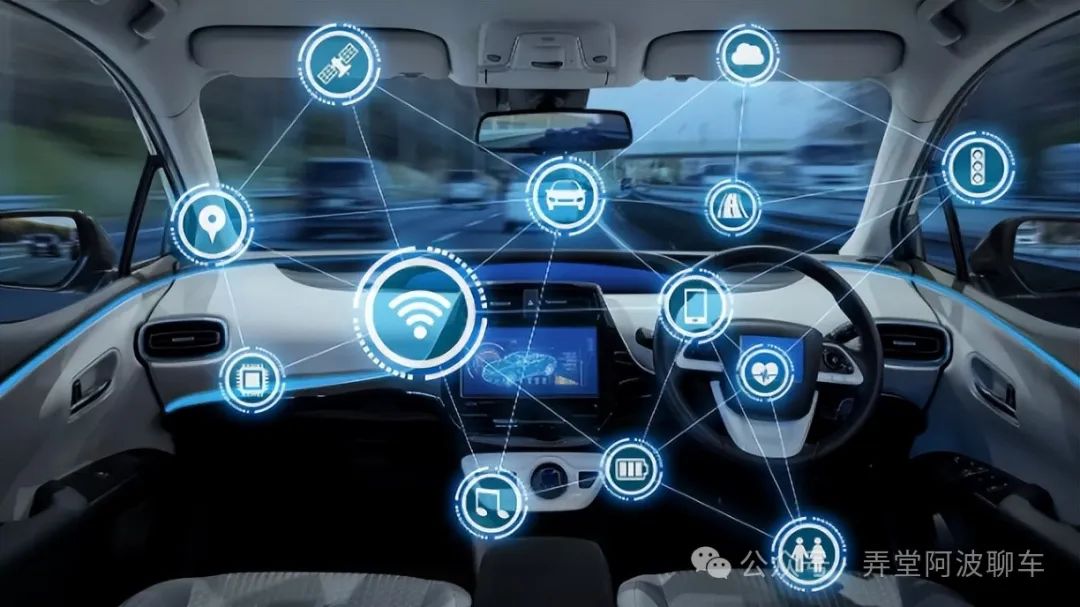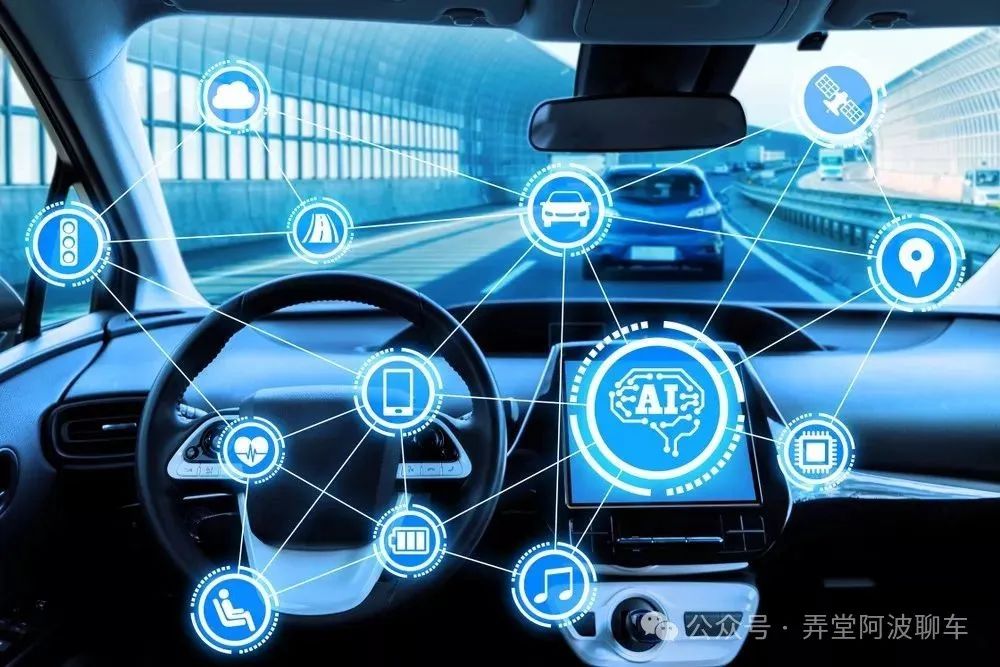
If we compare a smart car to a “living organism,” then its sensors are its eyes, ears, and skin, responsible for perceiving the world, while the AI model acts as the brain, processing information and making decisions.
The key to autonomous driving lies in the perfect combination of these two—perceiving the world, understanding the environment, and reacting accordingly.
Today, let’s discuss the “five senses” of smart cars—vision, hearing, touch, smell, and spatial awareness—and see how AI helps them surpass human capabilities.


Vision: AI Enables Smart Cars to “See Further and Clearer”
Humans see the world with their eyes, while cars rely on cameras, LiDAR, and millimeter-wave radar. However, having “eyes” alone is not enough; the key is how to understand the world in front of them.
1. Object Recognition: Making Cars “See Clearly”
Computer vision is one of the core applications of AI in autonomous driving, capable of recognizing pedestrians, vehicles, traffic signs, and more. Common tools include OpenCV, YOLO (You Only Look Once), and Detectron2.
Example: Using YOLO for Object Detection
from ultralytics import YOLO
# Load pre-trained model
model = YOLO("yolov8n.pt")
# Read and detect image
results = model("street.jpg")
# Display detection results
results.show()
📌 Tip: YOLO is a star performer in real-time object detection, suitable for tasks like pedestrian detection and vehicle tracking in autonomous driving.
2. Depth Perception: Helping Cars “Understand Distance”
Humans perceive depth with two eyes, while autonomous driving relies on stereo cameras and LiDAR. Deep learning models can help cars understand the proximity of obstacles, such as using MonoDepth2 for monocular depth estimation.

Hearing: AI Enables Smart Cars to “Understand the World”
Humans can hear honks, sirens, and braking sounds; how do cars achieve this? Microphone arrays + deep learning give smart cars their “hearing” capabilities.
1. Sound Classification: Recognizing Key Sounds like Sirens and Honks
Librosa + deep learning can be used to analyze sounds around the car to determine if there is an emergency situation.
Example: Processing Sound Data with Librosa
import librosa
import librosa.display
import matplotlib.pyplot as plt
# Load audio file
audio_path = "car_horn.wav"
y, sr = librosa.load(audio_path)
# Plot audio waveform
plt.figure(figsize=(10, 4))
librosa.display.waveshow(y, sr=sr)
plt.title("Car Horn Waveform")
plt.show()
📌 Tip: Sound recognition is crucial in emergencies, such as identifying ambulance sirens and automatically adjusting driving strategies.

Touch: AI Enables Smart Cars to “Sense the Road”

Humans can feel the bumps on the ground, while smart cars rely on accelerometers, gyroscopes, and wheel speed sensors to sense road conditions.
1. Road Condition Detection: The Secret of Smart Suspension
Through time series analysis, AI can predict road conditions, optimize the suspension system, and improve driving comfort.
Example: Using Pandas to Process Acceleration Data
import pandas as pd
# Load sensor data
df = pd.read_csv("sensor_data.csv")
# Calculate acceleration changes
df["acc_diff"] = df["acceleration"].diff()
# Identify abnormal bumps
anomalies = df[df["acc_diff"].abs() > 2]
print(anomalies)
📌 Tip: During data collection, sensor noise is inevitable; data preprocessing (like filtering) can effectively improve accuracy.

Smell: AI Enables Smart Cars to “Detect Faults”
Humans can smell gasoline leaks and burnt brake pads; smart cars use gas sensors + machine learning to monitor vehicle health.
1. Predictive Maintenance: Detecting Faults Early
By training machine learning models on gas sensor data, it can determine if there are leaks or component aging.
Example: Training Gas Sensor Data with Scikit-learn
from sklearn.ensemble import RandomForestClassifier
from sklearn.model_selection import train_test_split
# Load data
df = pd.read_csv("sensor_gas_data.csv")
X = df.drop("fault", axis=1)
y = df["fault"]
# Split into training and testing sets
X_train, X_test, y_train, y_test = train_test_split(X, y, test_size=0.2)
# Train random forest model
model = RandomForestClassifier()
model.fit(X_train, y_train)
# Predict
print(model.predict(X_test))
📌 Tip: Predictive maintenance can reduce repair costs, prevent sudden failures, and enhance vehicle safety.

Spatial Awareness: AI Enables Smart Cars to “Navigate Accurately”
Humans rely on direction sense and maps for navigation, while smart cars use GPS, IMU (Inertial Measurement Unit), and high-definition maps, along with AI for path planning.
1. Trajectory Prediction: Anticipating the Movements of Pedestrians and Vehicles
LSTM (Long Short-Term Memory networks) are powerful for processing time series data, allowing for the prediction of pedestrian trajectories to prevent collisions.
Example: Using LSTM to Predict Pedestrian Trajectories
from keras.models import Sequential
from keras.layers import LSTM, Dense
# Build LSTM model
model = Sequential([
LSTM(50, return_sequences=True, input_shape=(10, 2)),
LSTM(50),
Dense(2)
])
# Compile model
model.compile(optimizer="adam", loss="mse")
print(model.summary())
📌 Tip: LSTM is suitable for handling time series data, such as pedestrian trajectories and vehicle paths.

AI + Sensors: The “Superpowers” of Autonomous Driving
The vision, hearing, touch, smell, and spatial awareness of smart cars, combined with AI processing capabilities, far exceed human limits. This not only enhances safety but also brings autonomous driving closer to true “driverless” technology.
If you want to go further and enhance AI’s perception capabilities, deep learning, data analysis, and time series modeling are all worthwhile directions to explore. The ultimate goal of autonomous driving may not be to replace humans, but to make driving safer, more efficient, and smarter.

Click to share, like, and see more here